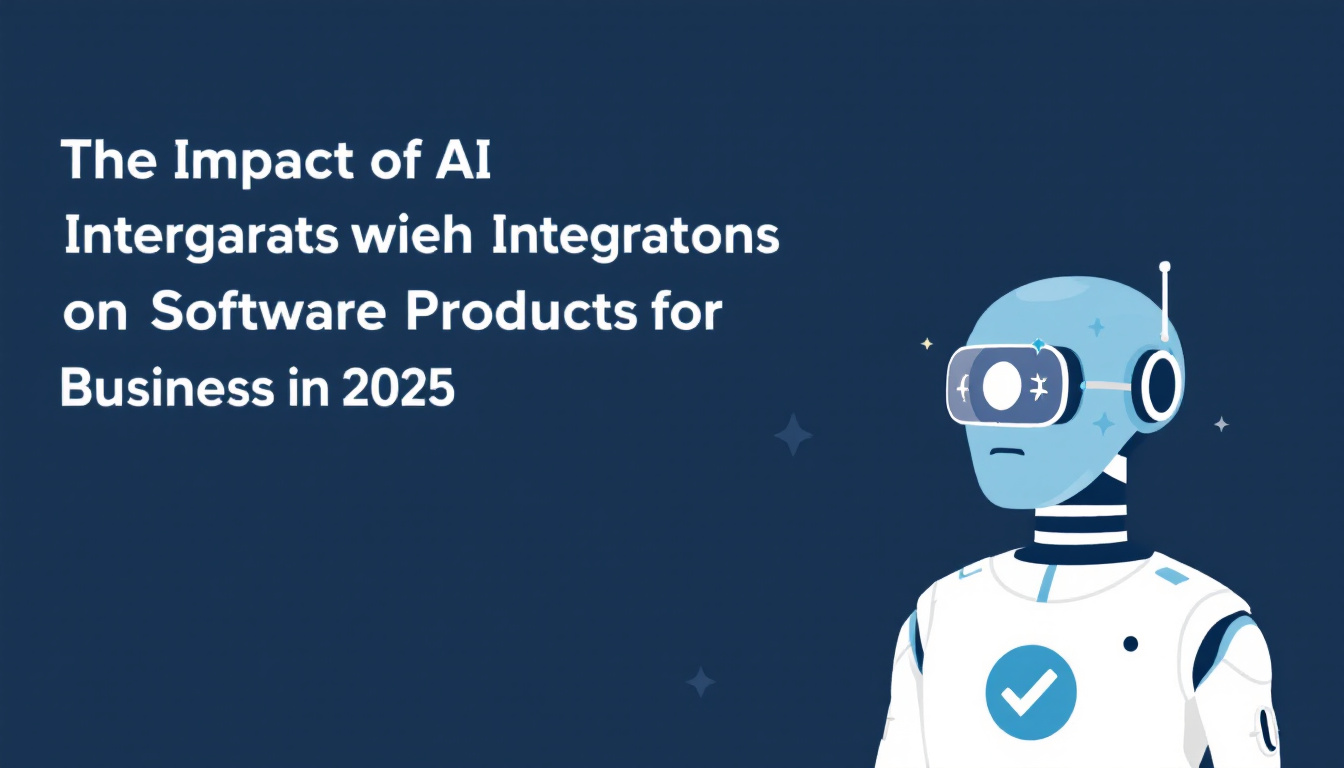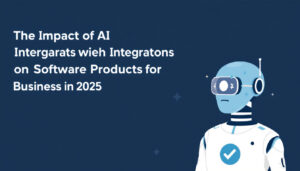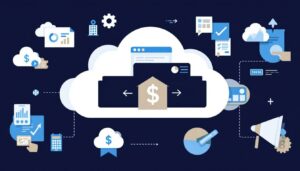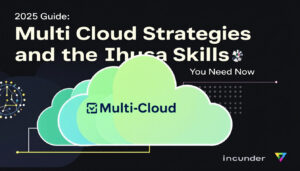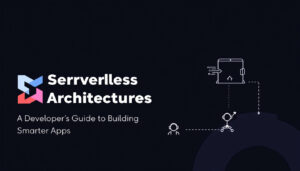AI integration refers to embedding artificial intelligence tools into software products to boost efficiency, accuracy, and decision-making. The year 2025 stands out as a turning point, with major advancements making AI more accessible and adaptable to business needs “Impact AI Business Software”.
These changes require IT managers, developers, and business leaders to adjust their processes and expectations. Understanding this shift is key for those aiming to stay competitive and responsive in a changing software environment. Organizations that keep pace with AI adoption will see significant benefits in productivity and performance.
How AI Integrations are Transforming Business Software in 2025
 Photo by Andrew Neel
Photo by Andrew Neel
In 2025, artificial intelligence has moved from being an aspiration to a core part of business software. AI features—driven by machine learning, natural language processing, and computer vision—are deeply embedded in tools from customer relationship management (CRM) to enterprise resource planning (ERP) and workplace communication platforms. These technologies bring measurable benefits in automation, decision support, and real-time data analysis. The following subsections outline the most remarkable changes delivered by AI integrations this year.
Automation and Productivity Gains
AI-powered automation has reshaped how organizations approach repetitive tasks and workflows. In CRM solutions, AI agents can now manage customer inquiries, update records, and schedule follow-ups without human input. ERP systems use AI to streamline inventory, generate orders, and reconcile accounts in real time. Communication platforms route requests, manage schedules, and even summarize meetings automatically.
The immediate benefits are clear:
- Reduced manual workload: Employees focus on higher-value activities as AI handles routine processes.
- Faster response times: Automated tools work around the clock, improving service quality and reliability.
- Consistent operations: Machine learning models follow established patterns, reducing errors that stem from human fatigue or oversight.
According to recent studies, integrating AI automation into daily routines increases individual productivity and empowers teams to deliver results faster. Advanced AI features in software are increasingly accessible to businesses of every size, as detailed in this overview of workplace AI in 2025. Companies are moving beyond basic task management into a phase where AI tools boost organizational efficiency at scale. For those interested in exploring top solutions, curated lists of the best AI productivity tools in 2025 show how automation is being adopted across industries.
Personalization and Smart Decision-Making
Machine learning and NLP have made business software more responsive and adaptive. In CRM platforms, AI analyzes past customer interactions, preferences, and buying behaviors to suggest personalized recommendations for sales and service teams. ERP systems use predictive analytics to guide managers on supply chain decisions, while communication platforms tailor information delivery based on user activity and context.
Key features include:
- Custom suggestions: Software proposes next steps, relevant resources, or new opportunities suited to the user’s workflow.
- Real-time adaptation: Applications adjust their prompts and user experiences as organizational needs change.
- Intelligent support: Virtual assistants surface the most important insights and keep teams aligned on shared goals.
These enhancements improve both the customer experience and operational agility. Decision-makers benefit from continuous feedback, making it easier to identify trends and respond to challenges promptly. As AI becomes embedded in daily operations, businesses can achieve greater accuracy and speed while minimizing guesswork.
AI-Powered Data Analysis and Business Insights
Data is now the bedrock of competitive advantage. AI tools process vast datasets in business software, finding patterns and generating insights that manual analysis would miss. CRMs track customer sentiment in written communications, ERPs forecast demand by combining economic data with internal records, and communication systems flag emerging topics in company-wide discussions.
Modern AI analytics enable:
- Deeper business intelligence: Even non-technical users can access dashboards with actionable recommendations.
- Trend detection: Algorithms identify spikes or declines in key metrics, signaling opportunities or risks.
- Automated reporting: Insights are summarized and distributed to relevant teams, supporting fast informed decisions.
Recent industry research, including PwC’s 2025 AI Business Predictions, shows that organizations using advanced AI analytics experience measurable growth in strategic planning, customer engagement, and cost management. The shift towards integrated AI analysis turns raw data into a powerful driver of business value.
To gain deeper understanding of transforming business processes, organizations can review resources on automation and software strategies that highlight real-world use cases and technology adoption paths. AI is now an everyday part of business software, and the trend will only accelerate as these features mature.
Challenges and Limitations of AI-Powered Software for Businesses
Despite the many advantages artificial intelligence brings to business software, adopting AI comes with significant challenges. As more organizations in 2025 add AI features to products and platforms, new and ongoing issues have come into sharper focus. The main concerns fall into three areas: compatibility gaps, ethical and security risks, and shortages in skills and preparedness.
Integration and Compatibility Issues
 Photo by Google DeepMind
Photo by Google DeepMind
AI modules often require more memory, faster processing, and dedicated data pipelines compared to traditional software components. Integrating these into current business systems—many of which rely on older technologies—can be complex and costly. IT teams face a variety of technical issues, including:
- System incompatibility: Legacy tools may lack support for new data formats or real-time processing.
- Data silos: Inconsistent or fragmented data makes it difficult for AI models to learn and deliver results.
- Scalability concerns: As workloads and datasets grow, existing infrastructure may not keep pace with demand.
Many businesses find that addressing these integration barriers demands significant upgrades or even redesigns. The process of integrating AI tools into established workflows, especially in organizations with long-standing systems, increases the risk of breaking existing functionality or introducing new bugs. For a related discussion, see the coverage on challenges of maintaining clean code in expanding systems and how integration pressures can complicate codebase quality.
Ethical, Security, and Privacy Concerns
Integrating AI into business software introduces new privacy risks and ethical considerations. AI models can expose or misuse sensitive business data if not properly managed. Security teams must address:
- Data confidentiality: AI tools often process large amounts of private information, increasing the potential for leaks.
- Algorithmic bias: Unchecked AI systems may reinforce existing biases found in historical data, resulting in unfair outcomes.
- Transparency deficits: Many AI models operate as “black boxes,” making it hard to understand how decisions are made.
Complying with regional and international regulations is a growing challenge. With rules like the General Data Protection Regulation (GDPR) shaping practices worldwide, businesses must ensure that AI-powered products manage personal data securely and ethically. Enterprises may need specialized risk assessments and ongoing auditing to stay ahead of new threats. Resources such as the NIST AI Risk Management Framework further detail how organizations can define standards and manage vulnerability.
Talent Shortages and Organizational Readiness
A shortage of skilled professionals continues to slow AI adoption. Building, tuning, and maintaining AI models require knowledge in machine learning, data engineering, and domain-specific fields. Most companies face issues in:
- Hiring qualified staff: Competition for AI specialists, data scientists, and security experts remains intense.
- Internal training: Many employees are unprepared for workflows that incorporate AI-driven processes or decision-making.
- Change management: Transitioning to AI-centric operations often demands changes in company culture and ongoing education.
Businesses that want to take advantage of AI must invest in training, upskilling, and, where needed, external partnerships. Focusing on organizational readiness can ease the transition and help avoid disruption. Adjusting recruitment approaches and prioritizing continuous learning are key for long-term success. Those interested in organizational change strategies should explore thought leadership and frameworks in leading business and technology publications, such as the insights shared through Harvard Business Review: How to Build an AI-Ready Culture.
Addressing these challenges carefully is essential for extracting value from AI-powered software while avoiding unintended setbacks.
Best Practices for Successful AI Integration in Business Software
Integrating artificial intelligence into business software in 2025 presents new opportunities and expectations for enterprises across industries. To realize the full benefits, organizations need disciplined approaches. Below, key practices are outlined for IT leaders and developers responsible for responsible adoption and sustainable growth.
Developing a Clear AI Strategy
A clear AI strategy is essential for lasting success. Leaders should articulate the objectives for using AI, ensuring alignment with business goals and user needs. Start by pinpointing exactly where AI offers the most value. Prioritize areas with measurable impact, such as operational efficiency, customer engagement, or cost reduction.
Key actions include:
- Defining the desired outcomes.
- Involving stakeholders across departments.
- Creating a roadmap with milestones.
Regular review and adjustment of the strategy help maintain relevance as technology and business needs shift. Successful organizations view AI as a continuous journey, not a one-time implementation. Governance frameworks should be established to set standards, measure progress, and guide responsible use.
 Photo by Pavel Danilyuk
Photo by Pavel Danilyuk
Choosing the Right Tools and Platforms
The choice of AI tools and platforms determines the scalability and success of integration projects. Select solutions that fit the organization’s technical environment and compliance needs. Assess the maturity of available platforms and look for proven integrations with existing enterprise applications.
Consider the following factors:
- Compatibility: Ensure seamless interaction with current infrastructure.
- Scalability: Choose platforms that handle future data and user growth.
- Vendor reputation and support: Select reliable partners with clear service commitments.
- Openness: Favor tools with accessible APIs and strong community support.
Engaging different functions, including finance, IT, and operations, helps build a consensus on tools that support both current requirements and long-term expansion. Adoption teams should review case studies and industry benchmarks to guide tool selection and manage risks. For further reading about digital transformation and how platforms influence project outcomes, review the article on how automation is redefining business software.
Ensuring Data Quality and Compliance
The success of AI relies on the integrity and accessibility of data. Clean and well-maintained datasets lead to accurate insights while reducing bias and errors. Establish robust data management practices early in the AI integration process.
Core practices include:
- Standardizing data sources and formats.
- Conducting regular audits for consistency and completeness.
- Documenting data lineage to track origin and transformations.
Equally important is compliance with relevant laws and guidelines, particularly those related to privacy and security. Regulations like GDPR and local data protection rules require careful handling of sensitive information. Implement controls to protect personal and business data and maintain transparency about data use. Maintaining compliance isn’t just a technical issue—it is an operational priority. For organizations unfamiliar with AI regulatory frameworks, NIST’s AI Risk Management Framework offers valuable guidance.
Investing in high-quality data management and compliance supports not only responsible AI development but also builds stakeholder trust and confidence in new software capabilities.
Future-Proofing Businesses: Preparing for the Next Wave of AI Innovations
In 2025, businesses are not only adopting AI—they are planning for what lies ahead. Staying ahead of technology requires a forward-looking approach. As generative AI, adaptive systems, and advanced human-AI collaboration shape the next era, organizations must position themselves to adapt quickly and thrive. Preparation today will decide which companies set the pace tomorrow.
Emerging Trends in AI-Powered Software
 Photo by cottonbro studio
Photo by cottonbro studio
AI innovation is unfolding at an unprecedented rate. Beyond current systems, several trends are poised to change how software supports business operations:
- Generative AI Expansion: Generative AI is evolving from content creation into enterprise applications. Multimodal models will deliver richer analysis, automating everything from report generation to design tasks. Organizations will rely on these systems for direct project support and customer engagement. For more, review the insights on the future of generative AI.
- Adaptive AI Systems: New AI models can change their behavior in real-time, using feedback to improve. This adaptive approach helps software react to user needs and fluctuating business environments without manual intervention.
- Human-AI Collaboration Deepens: AI systems are no longer just tools; they are partners. Teams will work side by side with AI, supported by digital colleagues that enhance each stage of the workflow. This shift leads to increased productivity, reduced errors, and continuous learning.
- Ethical and Transparent AI: Pressure for responsible AI design is rising. Businesses need transparent models that can explain decisions, helping to gain trust from regulators and customers.
- Industry-Specific Solutions: AI solutions are becoming tailored to sectors, enabling finance, healthcare, and logistics firms to deploy targeted automation and analytics.
These directions will shape competitive advantages over the next decade. Business leaders should monitor trends and test new capabilities early to keep their organization in step with advancements. For a broad overview of industry effects, consult the in-depth look at the future of AI in business.
Building an Agile and Resilient IT Infrastructure
Technology leaders face the challenge of making IT systems ready for ongoing AI advancement. A strong infrastructure gives organizations the speed and flexibility to develop, test, and scale AI solutions.
Key strategies include:
- Cloud-First Approaches: Cloud computing unlocks access to advanced AI platforms and elastic compute resources. Firms can experiment with minimal upfront investment and adapt resource use to business needs, improving cost management and response times.
- Modular Architectures: Breaking infrastructure into independent modules makes it easier to update or replace specific parts. This reduces downtime and risk during AI upgrades or when testing experimental features.
- Integrated Data Management: Effective use of AI starts with high-quality, accessible data. Consistent practices for data governance, security, and privacy are necessary for safe, effective deployments.
- Continuous Integration and Deployment (CI/CD): Automating the build and release process means faster delivery of new AI features, with reduced manual errors. Regular testing identifies issues before they become problems for end users.
Investments in these areas ensure organizations stay flexible and ready for rapid advances. A modular, cloud-enabled environment also supports compliance needs as regulations on AI evolve. For related strategies in business automation and software modernization, review the article on how automation is redefining business software.
Cultivating a Culture of AI-Driven Innovation
Building future-ready software is not just about technology. A responsive and adaptive organizational mindset helps firms lead rather than chase market shifts.
Focus areas for a culture of AI innovation include:
- Learning and Upskilling: Teams must be comfortable with AI tools. Encourage ongoing learning, technical certifications, and collaboration between IT and business units.
- Open Experimentation: Create “sandboxes” where staff can test new AI ideas with minimal risk. Shared innovation spaces help discover practical uses before large investments.
- Cross-Functional Teams: Collaboration between technical and business specialists helps bridge gaps between operational needs and available technology.
- Clear Ethics and Accountability: As AI’s role grows, define company principles for responsible use. Training on transparency and bias prevention reinforces these values across teams.
Fostering such a culture accelerates responsible adoption and transforms AI from a tool into a core business capability. Thought leadership on change management and building innovation cultures can be found in widely read industry resources, such as Morgan Stanley’s overview of AI trends shaping innovation.
Future-proofing is not a one-time effort. It requires continuous evaluation and a willingness to adjust. With the right blend of forward-looking infrastructure and a workforce ready for change, businesses position themselves to capture new possibilities as AI reshapes the global economy.
Conclusion
AI integrations have become a defining feature of business software by 2025, driving efficiency, accuracy, and growth across industries. Automated processes, intelligent decision-making, and real-time analytics are now standard expectations for competitive organizations. The shift brings complexity and new questions about compatibility, ethics, and workforce readiness.
Leaders who act with clear strategies and strong infrastructure place their companies at an advantage. As artificial intelligence continues to develop, adaptability will set apart those who thrive. Explore related insights on the role of AI agents in digital operations and how cloud automation supports productivity for the years ahead.
Thank you for reading. Staying informed and responsive will ensure your organization benefits fully from the opportunities AI brings.

